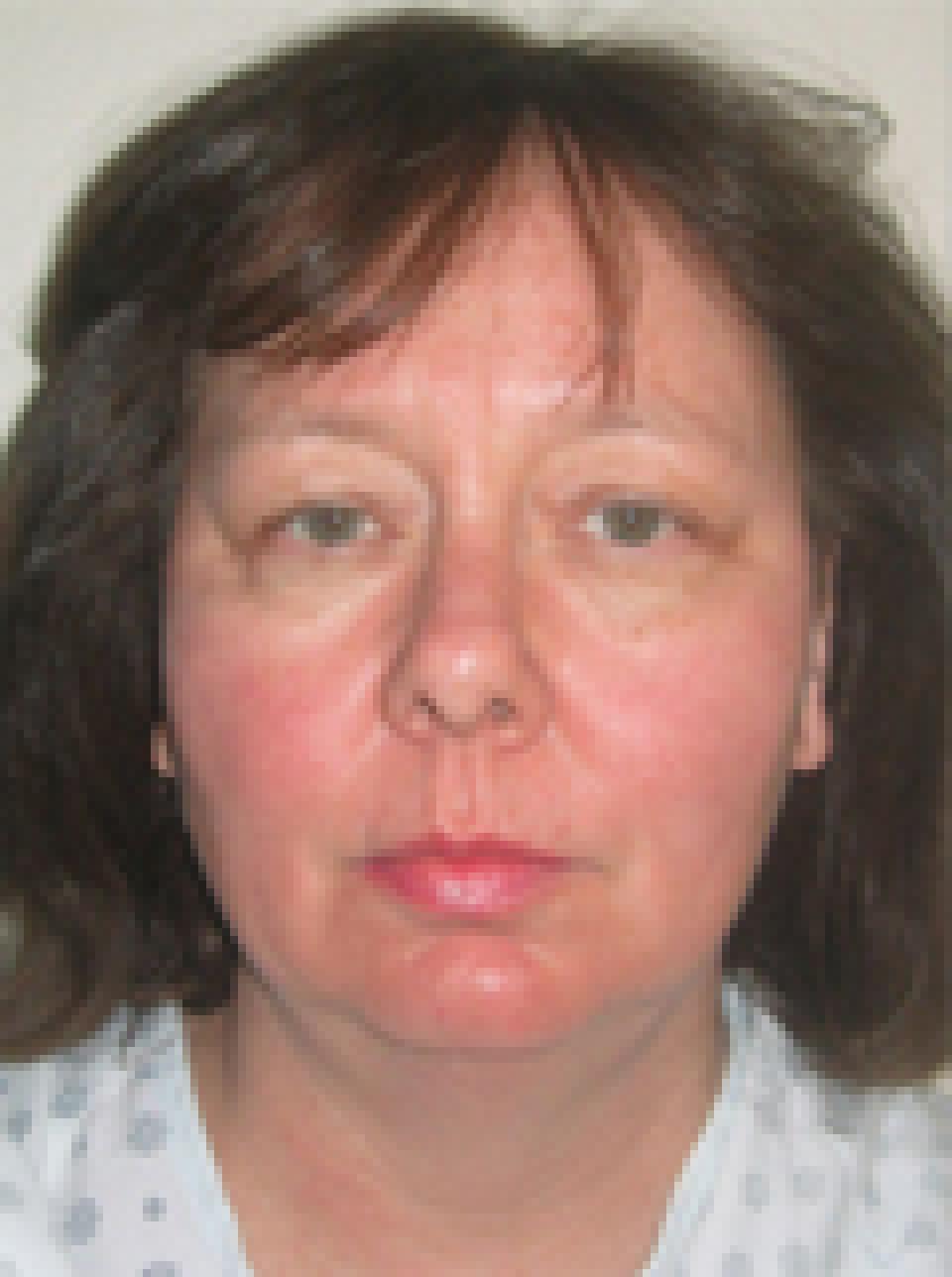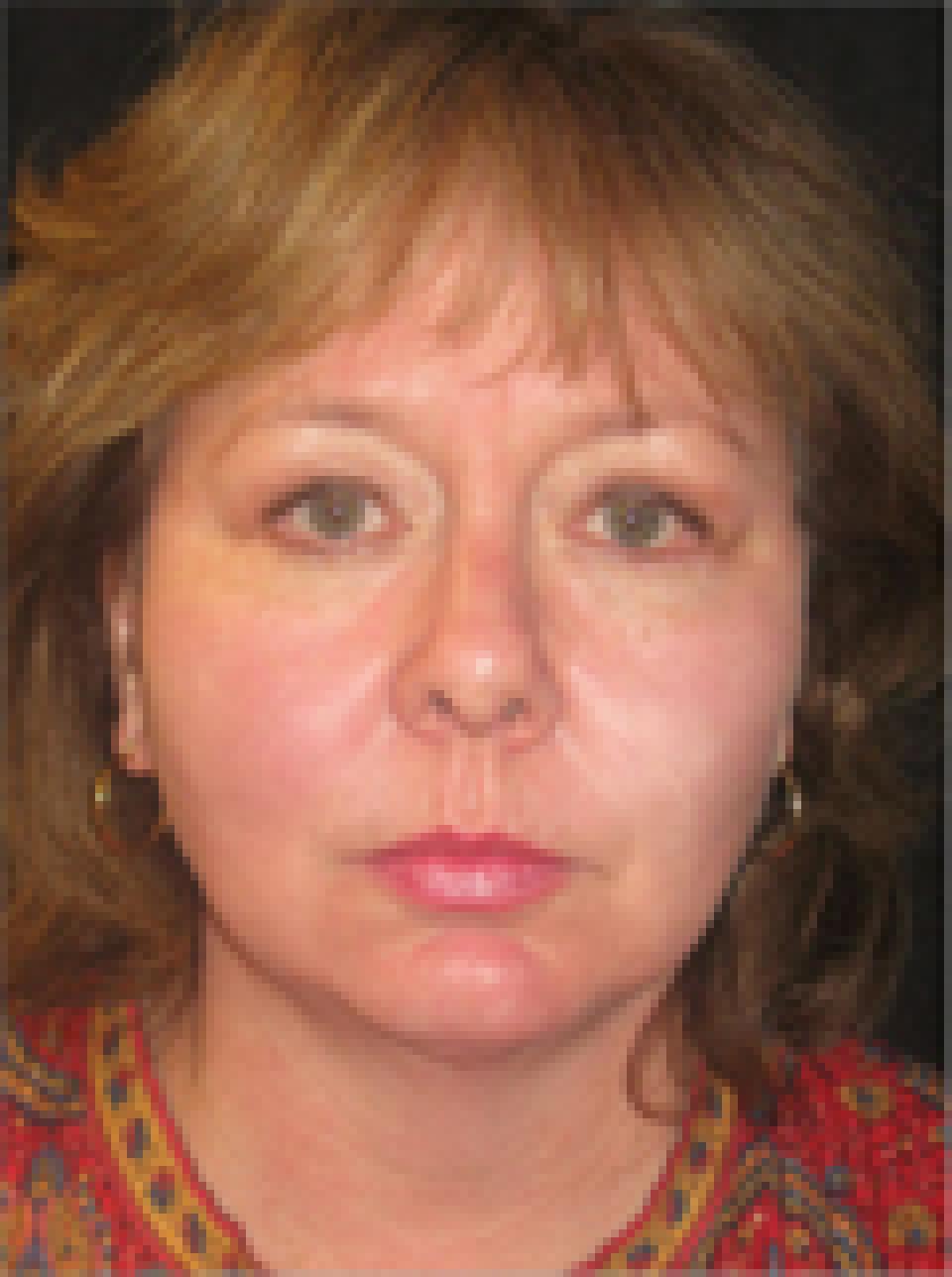Chin
The lower jaw is formed from the two mandibular bones; their point of union at the anterior lower face is designated the “chin,” which is virtually exclusively a human feature.
Inferior to the ridge of the body of the mandible which accommodates the lower teeth, there is a slight depression, then the mandible thickens as it forms the mental tubercle, the term having nothing to do with the mind but derived from the Latin mentum meaning “chin.” This tubercle may be grooved giving rise to the “cleft chin,” which may have heritable characteristics.
The mandible is perforated at each side of the chin for passage of the mental nerve and accompanying blood vessels through these mental foramina. To the outer surface of the mandible, at the chin, are attached the depressor anguli oris, depressor labii inferioris and mentalis muscles; the function of the first two is self-explanatory, mentalis is used to pout and to wrinkle the lower lip.
There is a variable quantity of fibro-fatty tissue that forms the pad over the bone at the front of the chin.
There is an illogical but undeniable importance attributed to the appearance of the chin, leading to the term “weak chinned” equivalent to “weak-kneed.” The prominence of the chin is related to the overall position of the mandible and dental apposition. The typical Anglo-Saxon jaw has the lower teeth behind the upper, the prognathic jaw is the reverse.
An esthetic symmetrical balance is desirable between the nose and the chin, particularly as seen in profile. Whereas major inadequacies in the mandible are likely to require an osteotomy to correct them, minor changes can be brought about by forms of mentoplasty in which the soft tissue over the chin is enhanced, or the prominence of the bone reduced.
 before
before
 after
after
This case depicts a 58 year old woman who wished to achieve a more youthful facial appearance.She underwent upper and lower eyelid lifts and a short scar face lift which addressed the skin and fat beneath the chin, the jowls and elevated the midface.
Her post-operative photographs depict her appearance at approximately nine months after surgery.
I try to perform a "mid-face lift" or "cheek lift" as a routine part of a short scar facial rejuvenation procedure. In individuals who have full cheeks that have descended over time, this portion of the procedure complements an aggressive correction of the jowls.